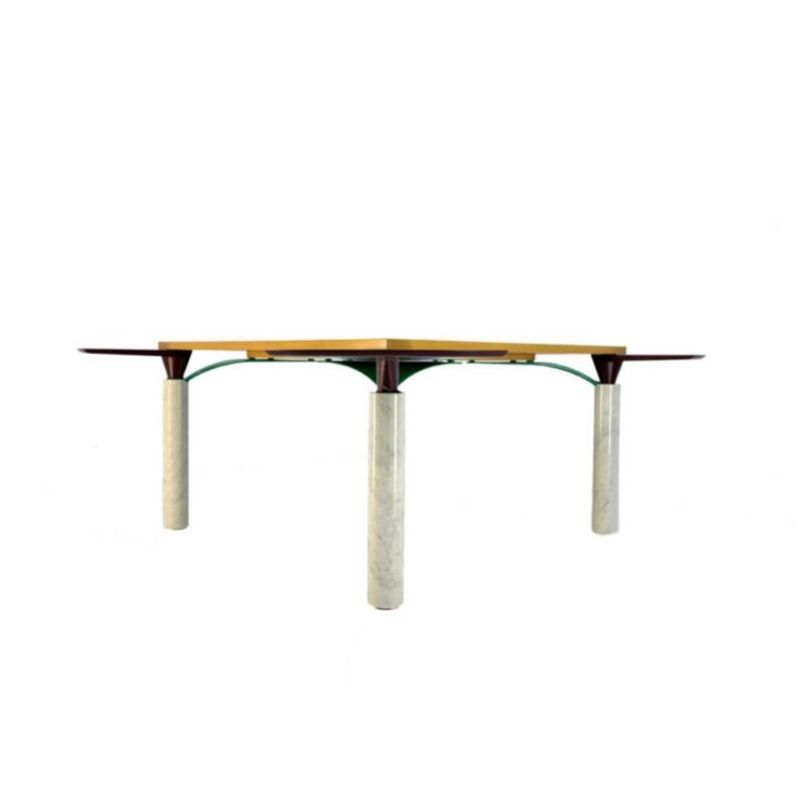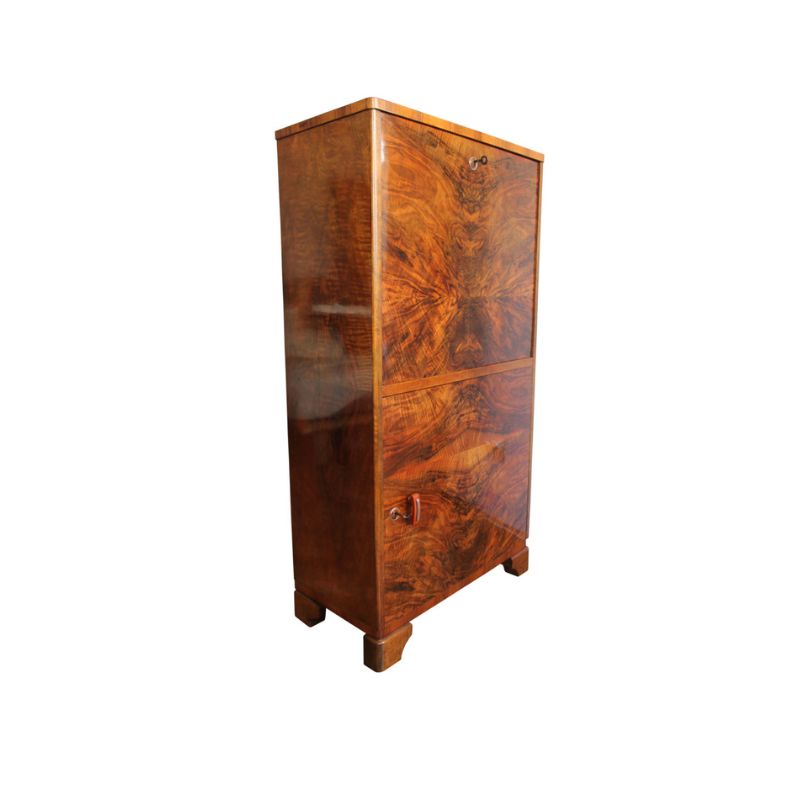From Jacksonville, Fl; belonged to friend's grandparents. She claims it is from the 1930's but my guess is late '40's or 1950's. Looks like Norman Cherner. Have not looked for any identifying markings. Any help appreciated re: id, where to look for markings, value, etc. Thanks! Brand new designaddict mamber.

Rustplane, welcome.
People often say bent ply chairs look like Cherner, or Eams, or Jacobsen, or Aalto, or ....
Point being, there were hundreds of designers and manufacturers that used bent plywood from the 20s through to the present. An unidentified bent plywood piece will look like whichever maker/designer you are most familiar with that used the medium.
This particular chair does not have any features that scream Cherner to me. I am by no means an expert on his designs, but rather a generalist. Being a generalist, this looks like a bent plywood chair from the 1940-50s; there are no features that identify it as anything in particular at this point. The base does look like it might be a bit higher quality than average, but really hard to tell in the attached pictures.
Considering the shear number of bent plywood chairs out there, this is going to be a difficult ID, without markings, some sort of provenance, etc. Marking should be easy to find, as there is not many places for them to hide on a piece like this. check the underside, every surface. Providing the forum with better pictures will also be necessary. Better lit, close up of wood grain, close up of any fasteners used, how are the legs constructed and attached to seat, etc...
The chair looks like it might be cracked near the bend, is this the case? Another concerning observation is the angle of the back. It may just be the photo, but this chair seems to have some backwards slant in the backrest. This may indicate damage as well, since these chairs often draw their strength from the acute angle of the bend.
Finally, we do not do valuations here, for the most part. Fortunately, the internet has a lot of information that will help you in making this determination, if we are able to identify the chair.
Get us more pictures (as described above), and any further info on history that you might have, and we might be able to help.
If you need any help, please contact us at – info@designaddict.com









